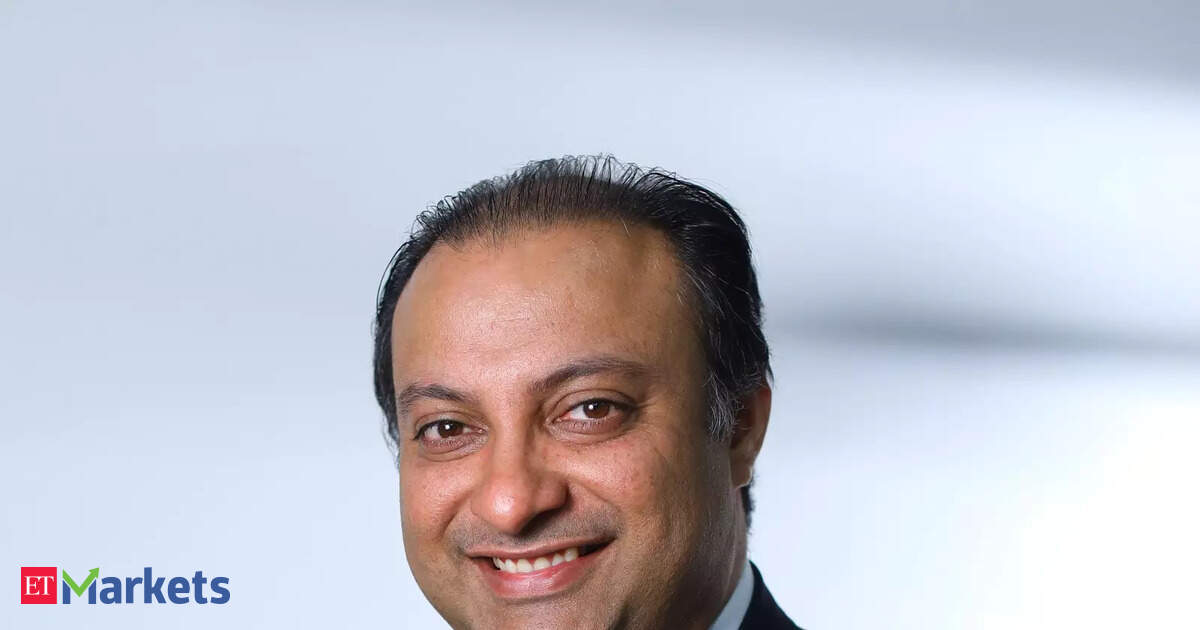Excerpts:
Q. Last month was marked by high volatility, from a full-blown Middle East crisis and the potential blockade of the Strait of Hormuz, which pushed oil prices higher, to more positive developments like trade deals with China, the passage of the US tax bill, and a ceasefire in the Middle East. Have global risks reduced meaningfully now? And what, in your view, are the key risks that markets still need to watch?
Abhishek Banerjee: Yes, the past few months have been quite tumultuous, from the India–Pakistan tensions to the escalating Middle East conflict, including Iran’s threat to block the Strait of Hormuz, which is critical for India as it sources 30–40% of its oil through that route. Fortunately, that particular threat has eased for now.
However, attention has now shifted back to Ukraine, China, and Taiwan. A truce in Gaza or Ukraine could meaningfully reduce risks further. We’re seeing signs, the US halting arms supplies to Ukraine, for example, suggests pressure toward compromise.
That said, new geopolitical fronts could emerge, such as U.S.-Canada trade tensions, Trump’s unpredictable foreign policy signals, or China’s stance on Taiwan. While visible risks can be priced in, markets are often blindsided by what they don’t see coming.
Still, the current environment reflects lower perceived risk. For instance, India’s VIX is around 12 — which suggests a low-volatility environment. Below 10 usually indicates complacency. On balance, India is in a good spot — with strong macros, trade deal progress, and a sense of stability.
Q. Given the current geopolitical backdrop, how is India’s macro outlook shaping up? What’s your view on the US dollar, gold, and bond yields?
Abhishek Banerjee:India’s biggest risk remains oil prices. We’re a major importer and a road-transport-heavy economy, so any oil spike directly impacts inflation. That’s why the Strait of Hormuz threat was significant, now that it’s eased, inflation is cooling, and the RBI has room to cut rates.
With exports rising and the current account deficit narrowing, the Indian rupee, though currently at all-time lows, could strengthen from here. That’s a double-edged sword: while it benefits macros, it’s a headwind for exporters like IT and pharma. Rupee appreciation helps domestic-facing sectors, like EPC, manufacturing, financials, and small & micro caps — but puts pressure on sectors reliant on dollar revenues.
So yes, the rupee may strengthen, and that’s good for the broader economy. But IT, pharma, and services exports could stay under pressure in the near term.
Q. Is this a good time to invest in equities? What’s your take on current market valuations?
Abhishek Banerjee:India often trades at a higher PE than other emerging markets like Brazil or South Korea. Historically, this was debated, but today, it’s supported by structural improvements.
Private companies have always been efficient. But PSUs, which were earlier underperformers, are now showing signs of earnings improvement. That has helped justify higher valuations.
Given strong global macros, improving PSU efficiency, and a still-favorable domestic setup, even with IT and pharma under pressure, there’s a lot of room for outperformance through the right stock and market cap selection.
So yes, I see potential for significant upside, even from current levels. The risks have reduced meaningfully.
Q. Which sectors look most attractive to you right now, and how should investors position themselves?
Abhishek Banerjee: We prefer smallcaps over large caps — because smallcaps are more domestic and manufacturing-focused, whereas large caps have greater exposure to services and pharma, which may face headwinds due to the rupee’s trajectory.
Within sectors, we like:
- Finished metals and building materials
- EPC and manufacturing
- Capital markets — as retail participation continues to rise
- Financials — especially banks and insurance, both private and public
These sectors benefit from strong global macros and are relatively insulated from geopolitical shocks.
Q. Where do you see the Nifty 50 by the end of the year, and what will drive it?
Abhishek Banerjee: I wouldn’t be surprised to see Nifty around 28,000 by year-end, that’s a 15% upside from current levels.
Key drivers:
- ₹1 lakh crore in tax relief to support consumption
- Infrastructure borrowing norms relaxed, making infra lending easier
- A ₹2.5 lakh crore dividend pool and rising GST collections
- Stable rupee and low oil prices
- PSU turnaround stories with scope for improved efficiency
All these factors combined make us bullish on Indian equities, with the right sectors significantly outperforming in this environment.
Disclaimer: Recommendations, suggestions, views and opinions given by the experts/brokerages do not represent the views of Economic Times.

